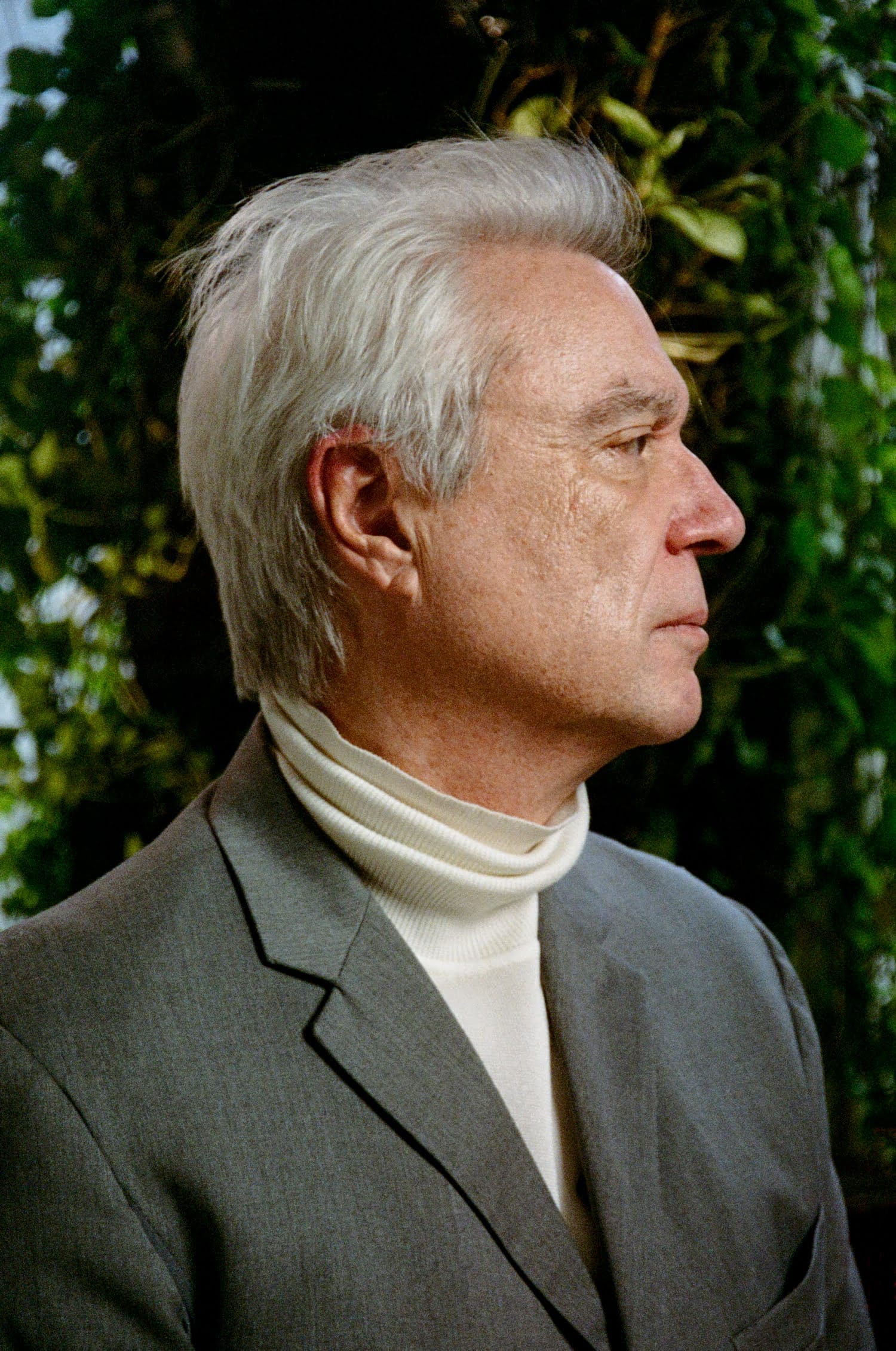For years, gardening was something I did for myself. But when I learned about the plight of the monarch butterfly, I set about creating a butterfly waystation – a mission that connected me with the people and wildlife of my LA neighborhood. That is, once I’d learned what kind of flowers the butterflies like.
I wanted to save the butterflies. I knew I wasn’t going to make the biggest difference on my own, but I had to try. And so I did. Let’s rewind to why.
2014: I lived in a flat in a suburban corner of London, and, as such, had an allotment (that’s what Brits call a community garden) a five-minute walk away. I grew potatoes and asparagus, onions and courgettes. I was pretty happy with my life, so when I moved to Los Angeles, I wanted to transpose as many aspects of it as possible.
It took a bit of research and a few short months on a waiting list, but I found a community garden. I had to learn new techniques for this new climate, but I grew peppers and eggplants, garlic and zucchini.
“At first I had no idea what I was planting or why”
I engaged in the community part of the community garden, as well. I shared produce, helped to build new raised beds, and joined cookouts. And then I helped to plant a monarch butterfly waystation.
It seemed lovely. But at first I had no idea what I was planting or why. Monarch butterflies are primarily a North American thing, and I was only alerted to their plight when I moved to Los Angeles. Luckily, I had landed among an eco-conscious community keen to share their projects, ideas, and campaigns, and I was equally keen to help.

Monarchs are not as common a sight as they were. Butterfly waystations are gardens with specially chosen plants, that can help the insects survive their epic migratory journey. Photo: Karen Tweedy-Holmes / Getty Images
What is a butterfly waystation and why do we need them?
The thing with monarch butterflies is, they only eat milkweed. They only lay their eggs on milkweed. They’re very picky – more on that in a bit.
Monarchs migrate 2500 miles (4000km) every year from Canada to Mexico, and back. They need food and rest stops along the way. The problem is that a heady combination of industrial agriculture (why waste land on butterflies when you can grow almond trees there?) and climate change has caused their natural habitats to be destroyed, hence the need to build the waystations manually.
News of the monarch population’s slow-but-sure demise appeared in my news feed regularly. Estimates suggest the western population has declined 99.9% since the 1980s, from 10 million butterflies to under 2,000. Anybody can understand how stark those numbers are.
“I planted a dozen nursery-bought milkweed plants… but it was the wrong milkweed”
Waystations are specifically-planted gardens of native milkweed and other pollinator plants that provide the ideal breeding and feeding habitats for migrating monarch butterflies along their path.
Just like bees, monarchs are key pollinators. We humans need pollinators to create produce. These butterflies are as essential a part of the food chain as bees.
How I learned what flowers monarch butterflies like
Learning all of this got me thinking that monarch butterflies needed help. When I moved from my apartment to a house with a garden, I set about planting my own waystation. I hunted down, purchased, and planted a dozen nursery-bought milkweed plants and companion plants, but it was… the wrong milkweed.

The choice of plants in a butterfly waystation is crucial to making sure it helps monarchs.
What I was yet to learn was there are different species of milkweed, and eastern and western monarchs require different ones. Remember I said monarchs are picky?
It wasn’t just me that was learning: both local nurseries and big-box stores were stocking tropical milkweed – more commonly found in Florida, for instance. It turned out that these pretty orange-flowered plants were toxic to western monarchs! I was doing the opposite of what I was intending! I needed either narrowleaf or showy, but I couldn’t find any plants locally, so I went one step further. I was going to grow my own.
I hunted down a packet of seeds for asclepias fascicularis – narrowleaf milkweed. It took a few goes to get the soil temperature, the seed temperature, the watering, the seed supply, but I did, and I grew enough baby milkweed plants to share with my immediate community. My plan was to weaponize as many of my neighborhood’s backyards into a giant western monarch butterfly waystation.

Raziq Rauf was just a hobby gardener until he learned about the massive decline in monarch butterfly populations and decided to get involved.
It took five years to figure out how to grow enough seedlings to offer my neighbors on local message boards. I had long shared a smile and a wave with the guy who lives opposite me as we put the bins out, but it was through milkweed that we truly found common ground. It was a nice moment.
Next, someone from the very proactive neighborhood association got in touch asking if I wanted to put on an event. I went one step further and walked down to one of their meetings to straight up ask if they could help me get a waystation planted in the local park.
From that initial meeting in May 2021, it took six months of co-ordination with the city’s Parks & Recreation department to turn a full flowerbed of the local park into a butterfly habitat with a dozen milkweed plants and the same number of native pollinator-friendly plants. We gave the plants a few months to establish before holding an educational event in July 2022.
It just so happened that the week of the waystation event, monarch butterflies were classified as endangered by the International Union for Conservation of Nature.
As a result of that news appearing all over the national press, hundreds of people turned up – residents, politicians, journalists. I unveiled the waystation and explained why it was a necessary and good thing, and a local nursery donated 200 narrowleaf milkweed plants to give away for locals to plant in their own backyards. The conservation group for the wider northeast Los Angeles region were also in attendance to give more information and take down details for adding more waystations to their mapping database.
My plan to turn my neighborhood into a giant western monarch butterfly waystation was full-steam ahead.

Planting more monarch butterfly waystations across the US could help to reverse the decline in populations of these once common creatures.
Fighting for the future of the monarch butterfly
The endangered classification triggered millions of dollars in state and federal funds the following March 2023. Fifteen separate agencies came together for a common goal: to conserve more pollinator habitats.
News reports since the endangered classification suggests the western monarch butterfly populations are up slightly, but we’re still 95% down from the peak in the 1980s. 2023-24 was the second worst year on record, so any feelings of success can be put to rest. There is still so much more work to be done to stabilize the species.
The plight of the monarch butterfly crosses political boundaries. In the same way that it brought the people from my neighborhood together, different political departments coalesced their efforts. Now my nearby nurseries stock the correct species of milkweed, and seeds are far more available online.
At the start, I knew little old me wouldn’t – couldn’t – make the difference alone, but with a little action, I found that I wasn’t alone. The Mayor of Glendale pledged to plant a monarch waystation in every park in the city. Once that happens, I want to place a waystation in every park in greater Los Angeles.
Let’s fill this world with butterflies. Nobody says no to that.
How to plant your own monarch butterfly garden
- The great thing is that you don’t need loads of space – you can plant milkweed in pots. (Companion pollinator plants alongside the milkweed is the ideal situation, but something is better than nothing!)
- 1. Identify the correct species of milkweed for your area. Even just within Los Angeles, there are regions where an alpine variety will thrive better than others.
- 2. Choose your pollinator plants and place them alongside your milkweed.
- 3. …That’s it! If you enjoy making things official or want to help to map your efforts, you can get your waystation certified by Monarch Watch – an education program established by the University of Kansas. This data helps researchers to keep supporting the monarch population.

If you love the inspiring stories we tell at Imagine5, please donate so we can keep telling them! Become a supporter today.
NURTURE NATURE

CULTURE FOR CLIMATE













